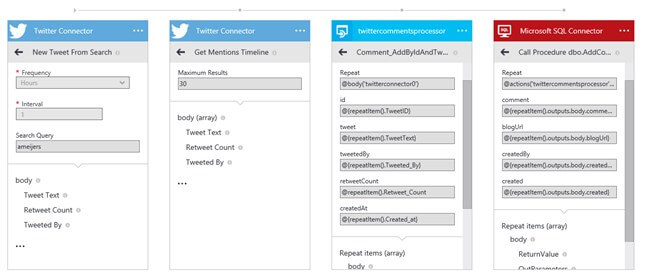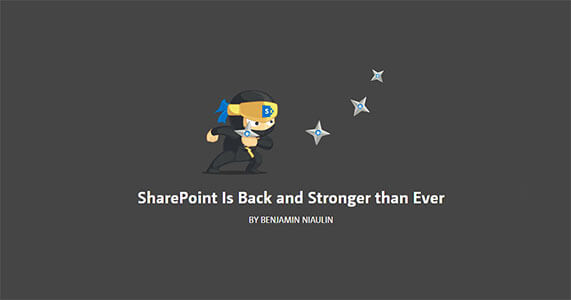
European SharePoint Pioneering Award for Startup Excellence Winner 2015
Blog PostsEuropean SharePoint Pioneering Award for Startup Excellence Winner 2015

European SharePoint Pioneering Award for Startup Excellence Winner 2015

Back in the early 2000’s, I was hired as a product manager for a well-funded startup to help design and build a hosted collaboration platform (sound familiar?) that was to be integrated into our larger supply chain automation solution. Without getting into all of the details of our new product introduction (NPI) strategy, there were two foundational aspects of our plans: first, to identify and deploy a handful of “beach head” customers, and second, to roll what we learned from those early customers into repeatable processes and best practices, or, as we often referred to it, to “productize” our services. A key measurement of the success of this program, and a KPI that we often discussed, was the level of adoption around our services. Were people actually using what we were building? If not, we wanted to understand why not. If they were using it, what did they like? It was never enough to build something, throw it over the wall, and walk away. We strove for customer success, and measurable ROI.

As blogger it fancies me when people react on the post with comments. But the first thing you do with your post is placing it on a social platform like twitter. Instead of reacting on the blog itself, readers mostly react via twitter. Wouldn’t it be cool to have those twitter comments at your blog post? This article describes a technique using Azure Logic Apps to get the mentions on your blog posts into an Azure database.

I don’t think anyone will deny that the last year has been an interesting one for those of us working in the SharePoint space. Personally, I felt like we had to look at new things in Office 365, and try to figure out how we could replace some of our previous workloads in SharePoint.
The impression was that no new improvements were being made in SharePoint, while new portals and “experiences” were being built, leveraging some of the existing technology. Perhaps what we were missing was someone guiding us, and the product, in a common direction.
After a week at the MVP Summit with the Microsoft Product Team, that works on SharePoint and OneDrive for Business, as well as the ESPC 2015 keynote presentation to the world, I can tell you SharePoint is back! And I’m very excited!

Moving forward with our document management series, we come to the topic of document content itself. I will talk about how you can manage document content efficiently and ensure a tidy environment. First thought might be that it is not important how we manage the content of documents, as long as the documents themselves are easy to find. However, the way you choose to manage document content, directly affects the way your SharePoint as a document management system is built, and may even limit or expand the possibilities of document management.

Digital Signatures for SharePoint Data
By Larry Kluger, Marketing Manager Connectors & Developers, DocuSign, Inc.
Much of the time, “electronic signature” and “digital signature” refer to signing a document by using the computer instead of a pen. But digital signatures can also be used to sign data.

European SharePoint Conference 2016, Vienna, Austria, 14-17 November 2016
The European SharePoint Conference are pleased to announce our 2016 The European SharePoint Conference 2016 will be held in Vienna, Austria, 14-17 Nov 2016.

The main reason SharePoint users don’t pay a great amount of attention to SharePoint file names can be resumed in just one word: Metadata. Since SharePoint allow us to describe every property of a document in its separated column’s metadata, we consider that the file name itself is left with almost no significance.

In this very special episode of the SharePointPodcast SharePoint MVP Michael Greth welcomes Jeff Teper

European SharePoint Community Award Winners 2015